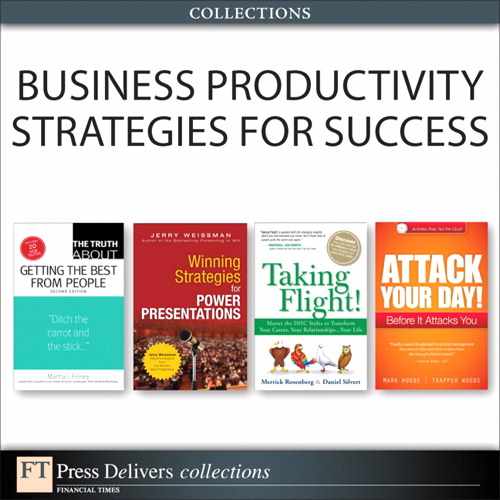Truth 3. You get the best by giving the best
Every year, the popular software company Intuit gives itself a massive performance review. While Intuit is also always interested in how it performs for its customers and its shareholders, the focus of this particular survey is how well it serves its employees. More than 60 questions are engineered to answer 1 core question: How well do we live up to our promise of providing the environment in which our employees can feel great about doing their absolute best work? Intuit wants to know how well it’s doing engaging its employees.
Intuit has also been learning what it gets in return for giving its best. At Intuit, highly engaged employees are:
• 2 times as likely to be high-performing employees
• 7 times more likely to feel appreciated for what they do for the customers
• 10 times more likely to come forward with an innovative idea
• 1.5 times more likely to stay, even if they are offered a better job elsewhere
Even though Intuit is headquartered in Silicon Valley—famous for the many ways companies trick out their workplaces like playgrounds with free latte bars and gourmet restaurants—Intuit’s leadership knows that getting the best from its employees isn’t about the toys and the free eats. Getting the best is about building a culture of trust, connection, growth, and service. That culture is sustained and enlivened by its managers one person at a time, one interaction at a time. That’s employee engagement.
Getting the best is about building a culture of trust, connection, growth, and service.
There are two ways of looking at the relatively new field of employee engagement. There is the positive way. Then there is, of course, the negative way. Let’s start with the negative way first.
Disengaged employees are destructively expensive to have on staff. In the United States alone, they cost as much as $350 billion in low productivity. Their attitude also poisons the day-to-day experience of working at your company, chasing away your best employees—not to mention your best customers.
Here’s the good news: Companies with a highly engaged culture have shown consistent growth and profitability over recent years, while their low-engaged counterparts report declines in market performance. One study has shown that companies with 60-percent to 100-percent engaged employees report an average total shareholder return of 20.2 percent. But companies with less than 40-percent engagement show a –9.6-percent return.
When you do the cost/benefit analysis, employee engagement is so cheap, it’s practically free. It can begin anywhere within the org chart. Certainly, the experts will correctly say that an engaged culture must be created at the very top as an essential value to have any chance of thriving organization-wide. But, in truth, the engaged culture lives and dies in the moment-to-moment decisions and behaviors of supervisors and managers. So it only stands to reason that engagement can be born anywhere inside the company.
According to the Hay Group, up to 35 percent of the difference in business results can be explained by the day-to-day differences in the workplace cultures created by managers. So you, as the manager, can make it happen for your department, no matter where you are inside your company. The payoff will be immediate—even immediately visible—and ultimately measurable.
Does this payoff mean you must bring in free donuts and fresh sushi every day? No. Do you need to allocate budget and space for a half-pipe for skateboard practice outside the break room? No. Does it mean that you have to show personal interest and concern in the well-being of each and every one of your employees as individuals? Yes—even on those days when you’re so busy or preoccupied you’d rather just spring for that skateboard half-pipe.
Employee engagement is so cheap, it’s practically free.
If you’re managing people, you’re standing squarely on the intersection between corporate mission-critical objectives and the personal ambitions, passions, and drives of your employees. If there’s going to be a 30-percent difference between your department and your colleagues’ departments, you can either take the blame or take the credit.
The choice is entirely yours. And so is the power to make a real difference—one person at a time.
